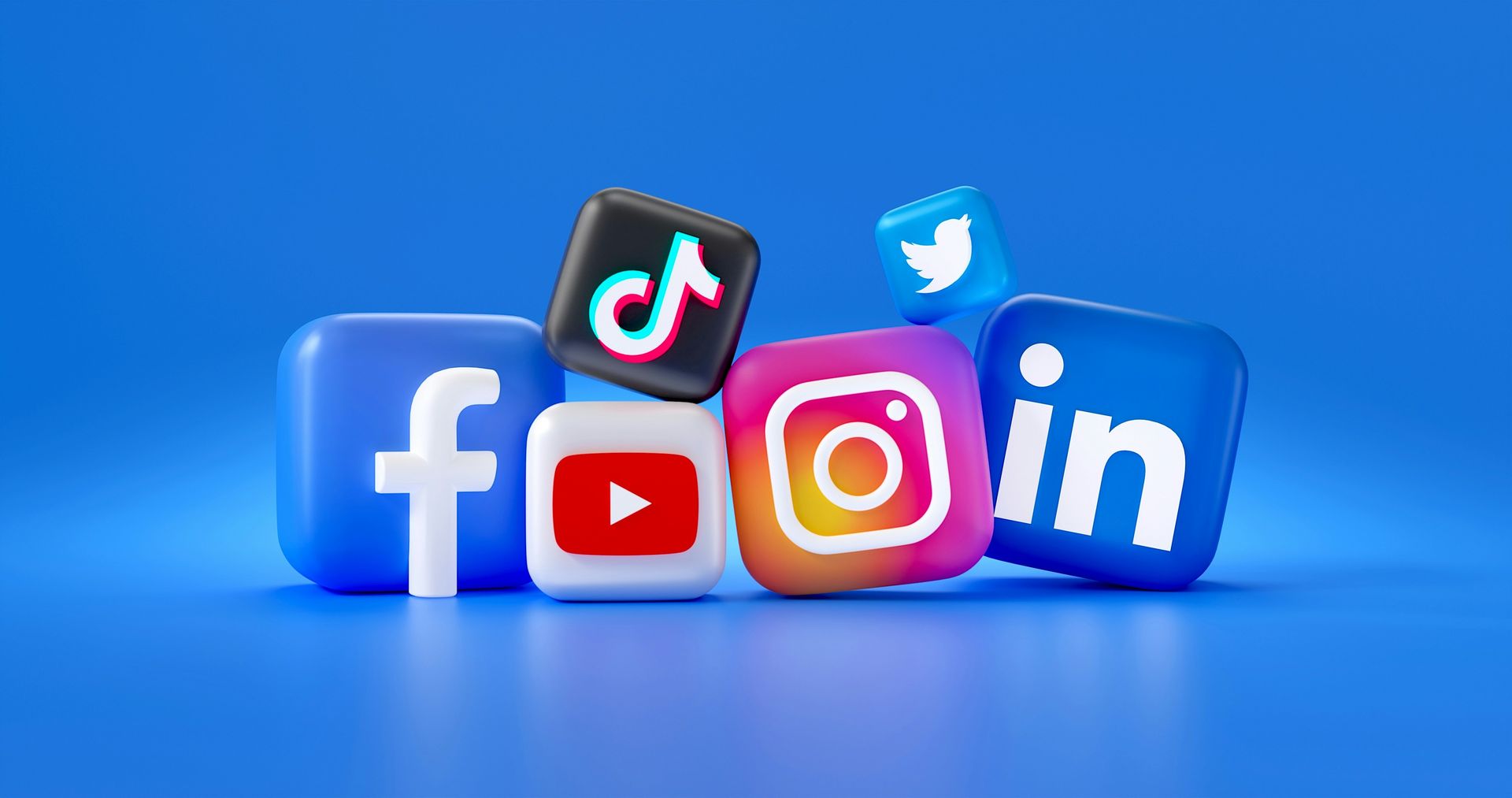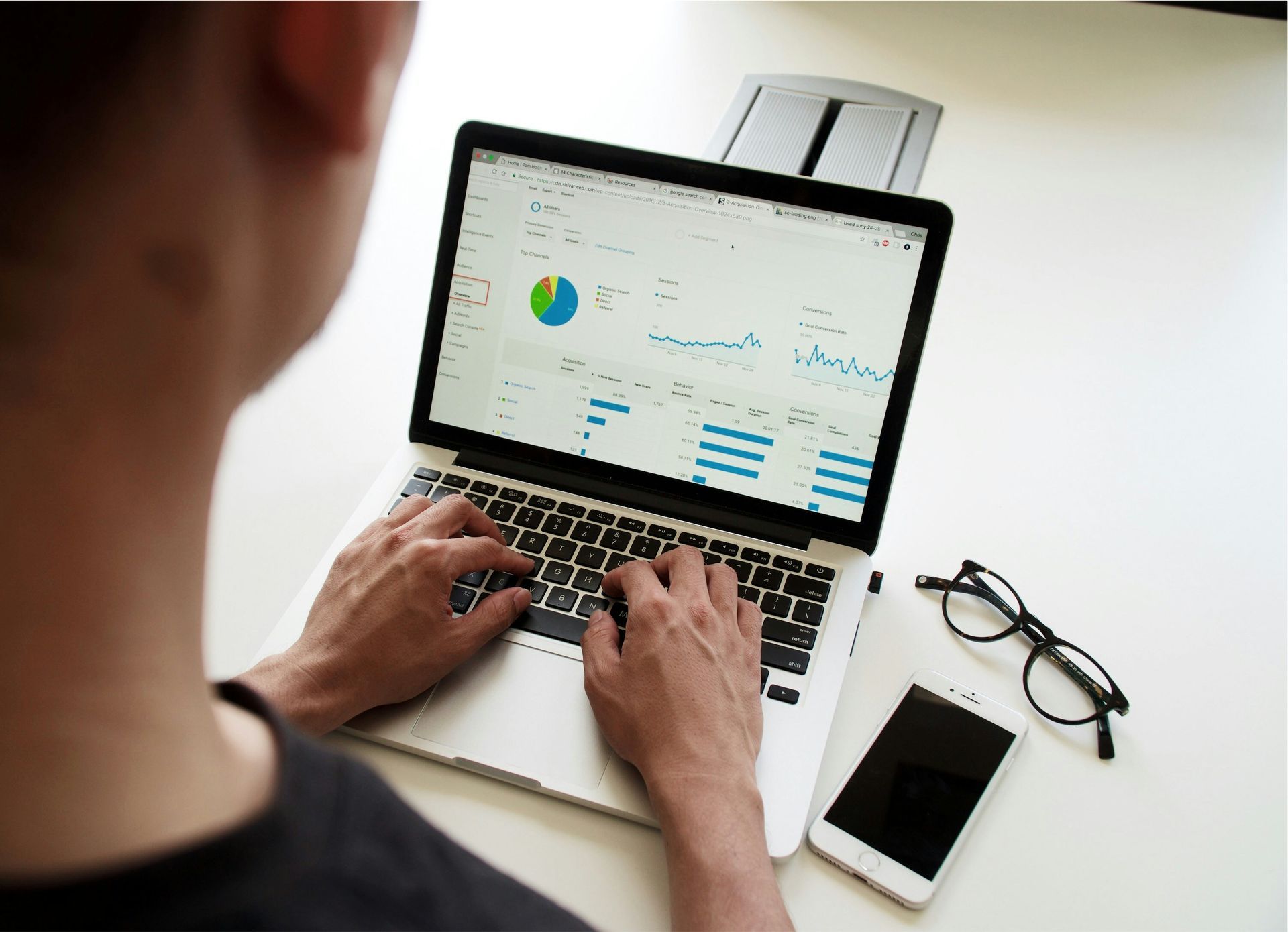Developing a Marketing Communication Plan: A Structure You Can Use

A well-thought-out marketing communication plan is the backbone of any successful marketing strategy. It is a structured document that outlines the guidelines and objectives for effectively communicating your message to your target audience. In this detailed guide, we will discuss the essential elements of a marketing communication plan and provide a clear structure that you can use to develop an effective plan.
Executive Summary
The executive summary provides an overview of the entire marketing communication plan. It should briefly highlight the key objectives, target audiences, core message, and the planned channels and methods. This section allows readers to quickly grasp the main points of the plan.
Situation Analysis
Before starting your marketing communication, it's crucial to conduct a thorough analysis of the current situation. This includes a SWOT analysis (strengths, weaknesses, opportunities, and threats) and an assessment of the market, competition, and target audiences. This information provides context for the rest of the plan and helps identify opportunities and challenges.
SWOT Analysis
- Strengths: Identify the internal strengths of the company, such as strong brand values, skilled staff, or advanced technology.
- Weaknesses: Note internal weaknesses that may hinder the company, such as outdated systems, limited resources, or a weak online presence.
- Opportunities: Analyze external factors that provide growth opportunities, such as shifting market trends, new technologies, or expansion possibilities.
- Threats: Identify external factors that pose threats, such as increased competition, economic downturns, or changing regulations.
Market Analysis
- Market Trends: Describe the current trends in the market that may impact your business.
- Target Market: Define your target market(s) and provide insight into their needs, preferences, and behaviors.
- Competitor Analysis: Identify key competitors, evaluate their strategies, and determine how you can differentiate yourself.
Objectives and KPIs
Clear objectives are at the heart of any effective marketing communication plan. They should be specific, measurable, achievable, relevant, and time-bound (SMART). Each objective should be linked to relevant Key Performance Indicators (KPIs) to measure progress.
Example Objectives
- Increase Brand Awareness
- Goal: Increase brand awareness by 20% in the next year.
- KPIs: Number of new website visitors, brand recognition surveys.
- Generate Leads
- Goal: Increase the number of leads by 15% in the next quarter.
- KPIs: Conversion rates on landing pages, number of contact forms submitted.
- Boost Customer Loyalty
- Goal: Increase customer retention by 10% over the next six months.
- KPIs: Net Promoter Score (NPS), repeat purchases.
Message and Positioning
A consistent and compelling message is key to effective marketing communication. Define the core message you want to convey and ensure it aligns with the values and needs of your target audience. Additionally, it's important to determine your brand’s positioning—what makes your brand unique, and why should customers choose you?
Message
- Core Message: Create a concise statement that captures the essence of your brand or product.
- Unique Selling Points (USPs): Identify the key features that set you apart from the competition.
Positioning
- Brand Personality: Define the desired personality of your brand, such as trustworthy, innovative, or friendly.
- Competitor Comparison: Compare your brand with competitors and determine how you want to position yourself in the market.
Strategies and Tactics
With clear objectives, messaging, and positioning in mind, it's time to define the strategies and tactics that will help you achieve your goals. Consider using a mix of online and offline communication channels that are most appropriate for your target audience.
Integrated Marketing Communication (IMC)
- Overview of Communication Channels: Identify the different channels like social media, email marketing, traditional media, events, and PR.
- Consistency Across Channels: Ensure consistency in your message and design across all selected channels.
Online Strategy
- Website Optimization: Ensure your website is user-friendly with relevant content that supports your message.
- Social Media Plan: Determine which social media platforms are most suitable and develop a content calendar.
- SEO Strategy: Optimize website content to boost organic traffic.
Offline Strategy
- Traditional Media: Consider using print, TV, radio, or outdoor advertising depending on your target audience.
- Events and Sponsorship: Plan participation in relevant events and consider sponsorship as an opportunity.
Budget and Resources
A realistic budget is crucial to executing your marketing communication plan. Estimate the costs for different strategies and tactics, and allocate the budget proportionately across the chosen channels. Ensure you have sufficient resources to run the campaigns effectively.
Budget Allocation
- Costs per Channel: Estimate the expected costs for each communication channel.
- Contingency Funds: Keep a buffer for unexpected expenses or opportunities.
Resources
- Staff: Assign responsibilities and ensure proper training.
- Technological Resources: Provide the necessary tools and technologies for monitoring and analysis.
Execution and Implementation
With all strategies, tactics, and resources in place, it's time to move into execution. Coordinate the different elements of the plan and ensure everything proceeds according to schedule.
Planning and Timing
- Content Calendar: Create a detailed content calendar for all communication channels.
- Campaign Phasing: Plan the various stages of the campaign with specific start and end dates.
Team Coordination
- Regular Communication: Hold regular meetings to discuss progress and resolve any issues.
- Flexibility: Be prepared to make adjustments based on real-time data and feedback.
Monitoring and Evaluation
Monitoring performance is crucial to determine if your marketing communication plan has been successful. Evaluate the results based on the predetermined KPIs and adjust your strategy if necessary.
KPI Monitoring
- Data Analysis: Assess the collected data related to the established KPIs.
- Reporting: Prepare regular reports to share progress with stakeholders.
Feedback and Adjustments
- Customer Feedback: Collect feedback from customers through surveys, social media, or customer service.
- Adjustments: Adapt your strategy based on the data and feedback you’ve gathered.
Conclusion
A well-thought-out marketing communication plan is a dynamic document that adapts to changing market conditions and customer needs. By following the structure outlined above, you can lay a solid foundation for planning, executing, and evaluating successful marketing campaigns. Remember, flexibility, creativity, and continuous monitoring are the keys to an effective marketing communication strategy. With a strong plan in place, you’ll be better positioned to reach your goals and make a lasting impact on your target audience.
ALL OUR OTHER NEWS:







